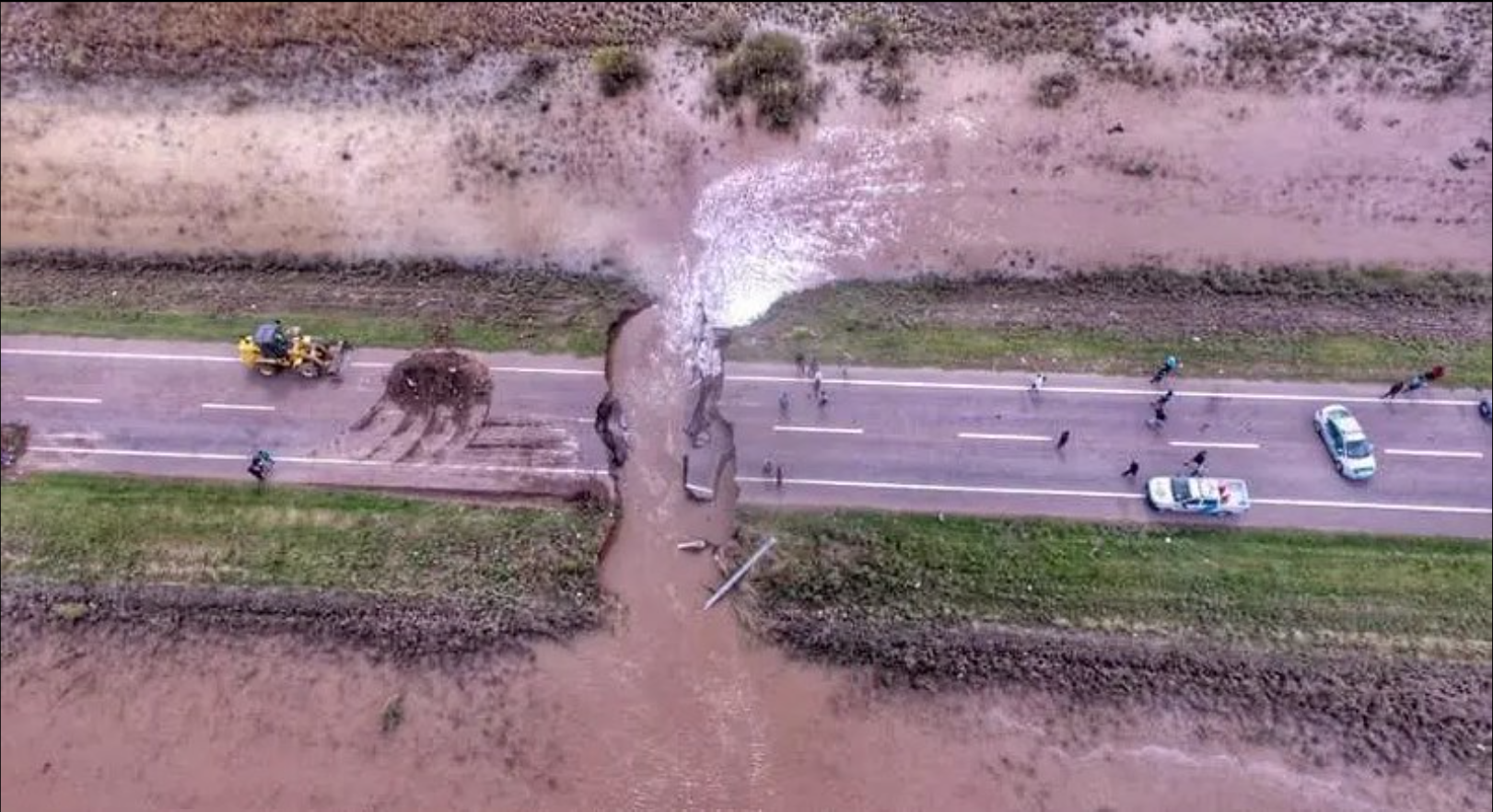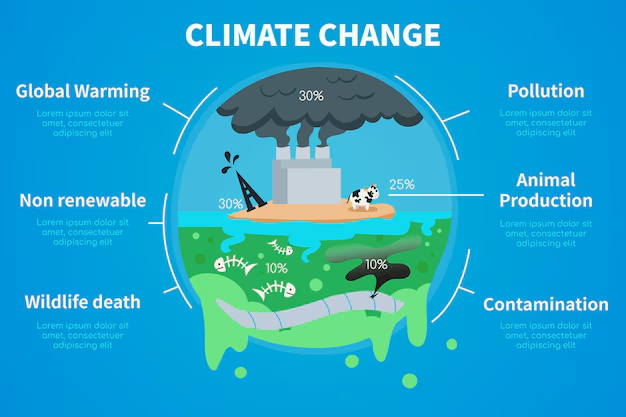
On March 7, 2025, Bahía Blanca, Argentina, experienced an unprecedented rainfall event, with over 300 millimeters of rain falling within just eight hours-nearly half of the city’s average annual precipitation. This extraordinary deluge, the most intense recorded since 1956, was triggered by a cold front sweeping through the region after several days of hot and humid conditions. A week prior, the city had already received more than 80 mm of rain, which likely contributed to soil saturation and heightened flood risk. Meanwhile, broader parts of the country, including Buenos Aires, faced extreme heat since mid-February, with temperatures soaring above 40°C across northern Argentina, southern Brazil, Paraguay, and Uruguay. Between February 19 and March 8, 2025, 61 cities in central-northern Argentina experienced heatwave conditions, underscoring the region’s climate volatility.
The heavy rainfall on March 7 impacted over 300,000 residents, resulting in 16 fatalities, displacing approximately 1,400 individuals (A24, 2025), and leaving two people still missing (La Nación, 2025). Economic damages in Bahía Blanca are estimated at around 400 million USD (Ámbito, 2025). Concurrently, 15 provinces issued heat alerts, with record temperatures reported in the northern areas (Buenos Aires Herald, 2025; SMN Argentina via X). The city experienced widespread power outages and traffic disruptions affecting millions, as energy demand surged during the heatwave (World Times, 2025; AP Details, 2025). Although specific data on heat-related deaths are not yet available, previous research indicates that extreme heat events significantly elevate mortality risks (Chesini et al., 2019; Chesini et al., 2021; Pinotti et al., 2024).
To understand how human-induced climate change influenced the likelihood and severity of these extreme weather events, an international team of climate scientists from Argentina, Kenya, the Netherlands, Sweden, Denmark, Mexico, the United States, and the United Kingdom conducted attribution studies. These investigations focused on the intense rainfall in the most affected area-where flood warnings were issued-as well as the broader heatwave across the region (Fig. 1a and 1b). Additionally, researchers analyzed the heat index-a combined measure of temperature and humidity-to assess the role of climate change in amplifying the heatwave preceding the rainfall (Fig. 1c). The affected region experienced intermittent heavy rainfall from March 1 to 7, with the most intense heat occurring in February and March. Since early hot spells began in January, the entire season was exceptionally warm, prompting researchers to define the summer period (December to March) as the timeframe for their heatwave analysis.

Note: (a) depicts 7-day rainfall totals from March 1-7, 2025, with the study area marked in purple. Scatter plots compare these totals with data from 25 weather stations. (b) shows daily maximum temperatures from December 1, 2024, to March 18, 2025, with the SES region highlighted in blue. (c) illustrates the average heat index during February 15 to March 7, 2025, emphasizing the heatwave’s intensity in the same region.
Key Insights from the Climate Attribution Study
- In northern Argentina, including Buenos Aires Province and the capital city, there has been a noticeable increase in the frequency and severity of extreme heat and heavy rainfall events. These compound hazards-such as simultaneous heatwaves and intense rainfall-significantly elevate the risk of flooding and other hydrometeorological disasters. Urban characteristics like aging infrastructure, high population density, and urban heat island effects further amplify community vulnerability to these extreme events.
- Approximately half of the urban workforce operates within the informal economy, making livelihoods highly sensitive to climate shocks. Disruptions caused by extreme weather can lead to income loss, job insecurity, and increased exposure to heat stress, especially in densely populated urban areas.
- Reanalysis data suggest that the observed heatwave was a rare event, with such extreme warmth expected roughly once every 50 to 100 years under current climate conditions. However, in a climate 1.3°C cooler than today, similar heatwaves would have been virtually impossible. When analyzing the heatwave immediately preceding the rainfall, the influence of human-driven climate change becomes even more evident, significantly increasing the likelihood of such extreme conditions.
- Climate models and observational data concur that global warming is making such high-temperature events more frequent and intense. Although the magnitude of the increase varies between datasets, the overall trend indicates a substantial rise in the occurrence of extreme heat, with future projections suggesting that in a 2.6°C warmer world, such heatwaves could become a common feature rather than an anomaly.
- The impact of climate change on heavy rainfall is less definitive. While all available weather station data show a 7-30% increase in the intensity of extreme rainfall associated with 1.3°C of global warming, gridded reanalysis datasets tend to underestimate this trend, often indicating a slight decrease. This discrepancy highlights the challenges in accurately modeling and predicting changes in precipitation patterns under climate change.
- Overall, climate projections and observational evidence align in suggesting that the probability and severity of heavy rainfall events are increasing with global warming. Both data sources indicate a higher likelihood of intense rainfall similar to that observed in early March, especially in a future scenario with 2.6°C of warming. Nonetheless, the differences between datasets underscore the need for continued research and improved modeling techniques.
- These findings underscore the broader challenge of managing increasingly frequent and severe weather hazards in regions where vulnerabilities are compounded by rapid urbanization, inadequate infrastructure, and social inequalities. Effective adaptation strategies are essential to mitigate these risks and protect communities.
- As extreme weather events become more common, investments in early warning systems, climate-resilient urban planning, and hazard preparedness are crucial. For example, expanding green and blue spaces in cities can help reduce urban heat islands, provide cooling during heatwaves, and mitigate flooding risks-measures that are feasible even in densely populated urban environments.

